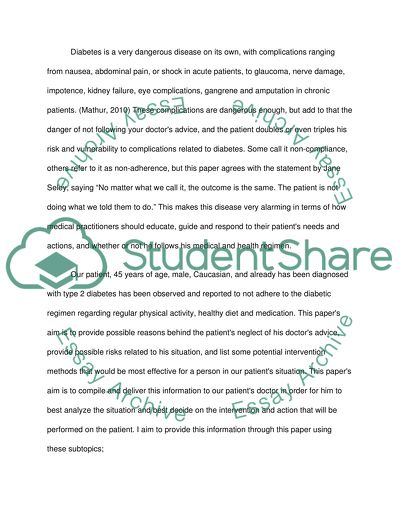Cite this document
(“Information and Advice on the Patient's Non- Adherence and Possible Essay”, n.d.)
Information and Advice on the Patient's Non- Adherence and Possible Essay. Retrieved from https://studentshare.org/psychology/1445239-y-case
Information and Advice on the Patient's Non- Adherence and Possible Essay. Retrieved from https://studentshare.org/psychology/1445239-y-case
(Information and Advice on the Patient'S Non- Adherence and Possible Essay)
Information and Advice on the Patient'S Non- Adherence and Possible Essay. https://studentshare.org/psychology/1445239-y-case.
Information and Advice on the Patient'S Non- Adherence and Possible Essay. https://studentshare.org/psychology/1445239-y-case.
“Information and Advice on the Patient'S Non- Adherence and Possible Essay”, n.d. https://studentshare.org/psychology/1445239-y-case.


